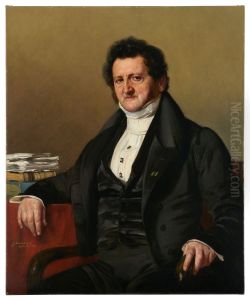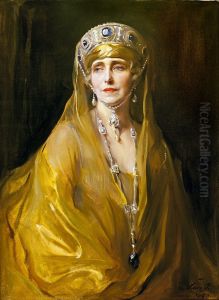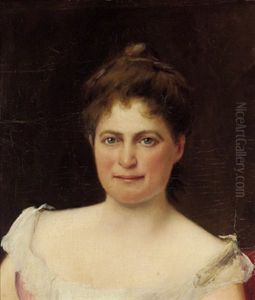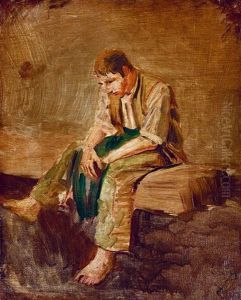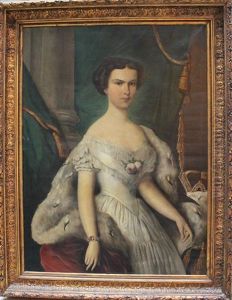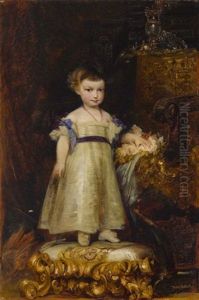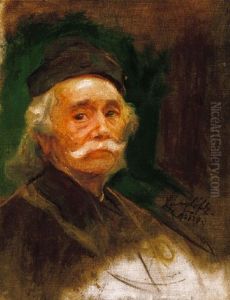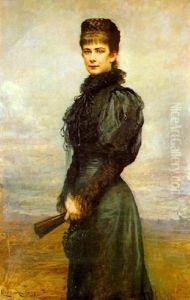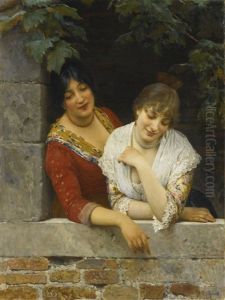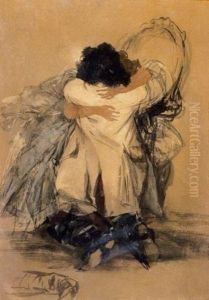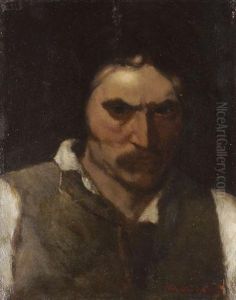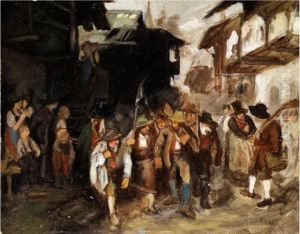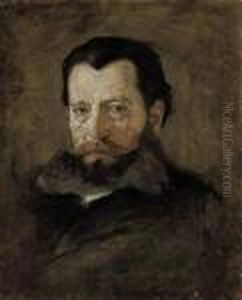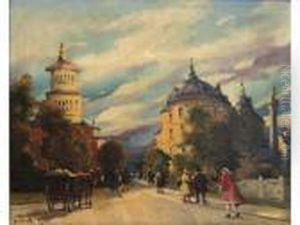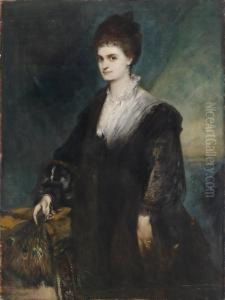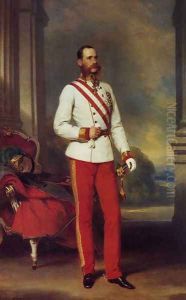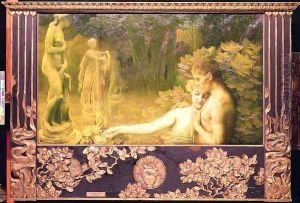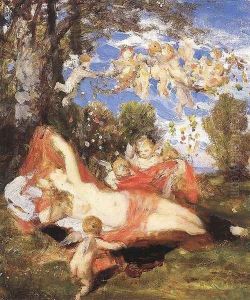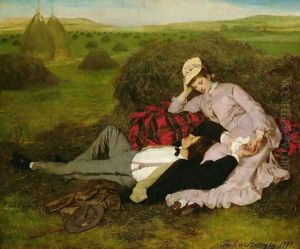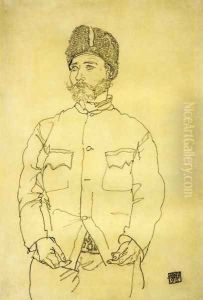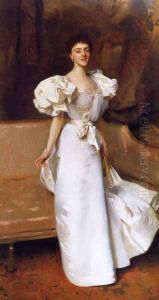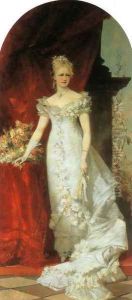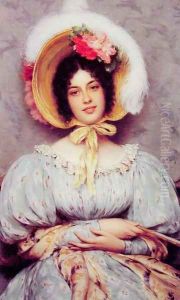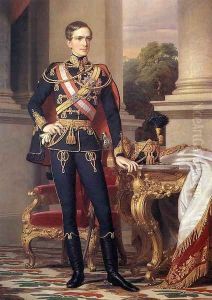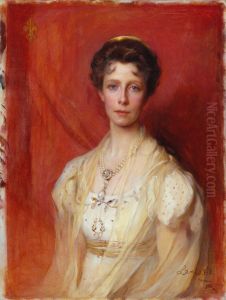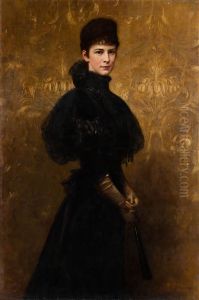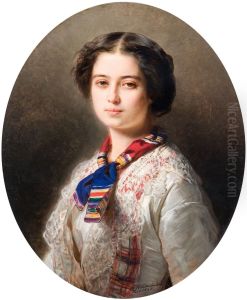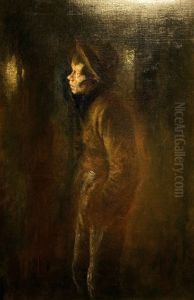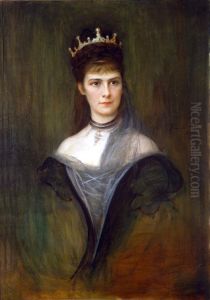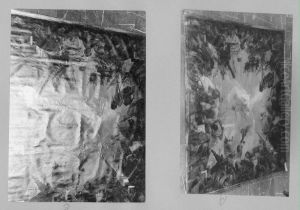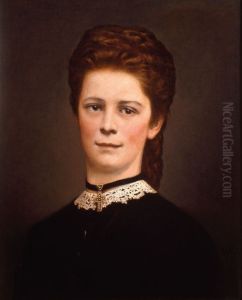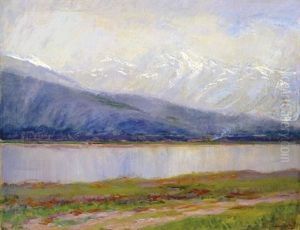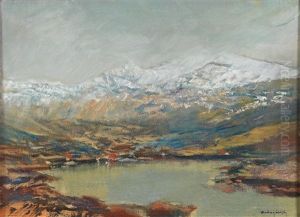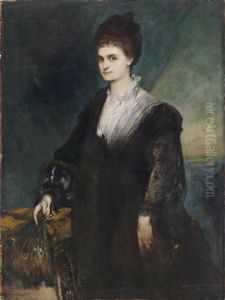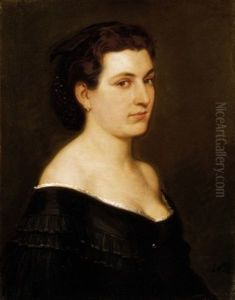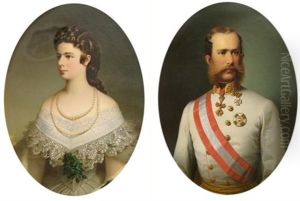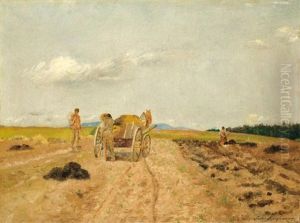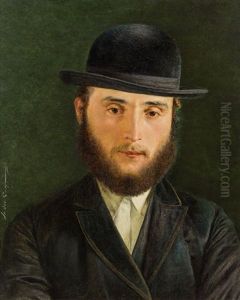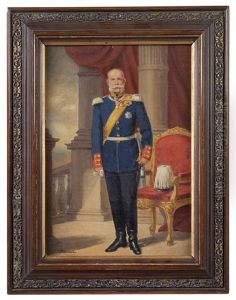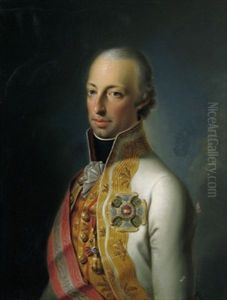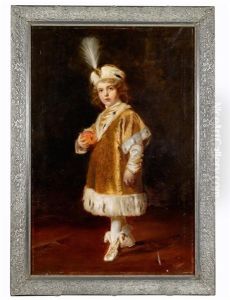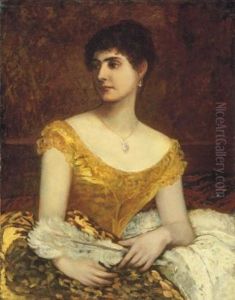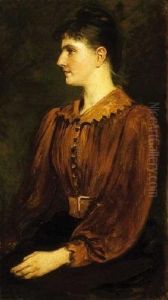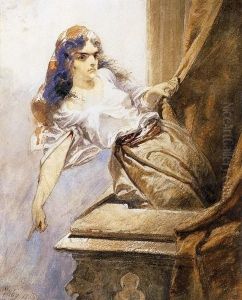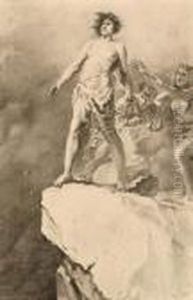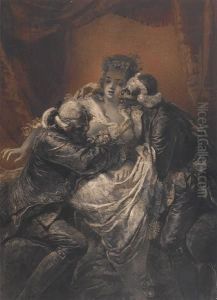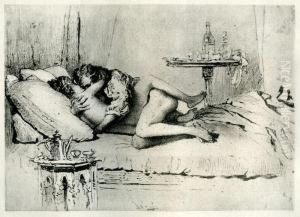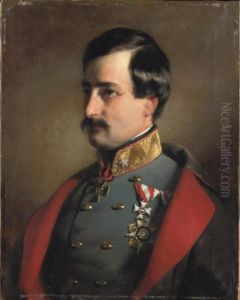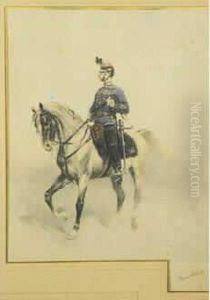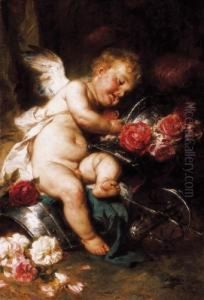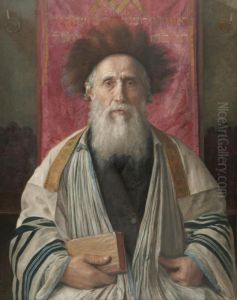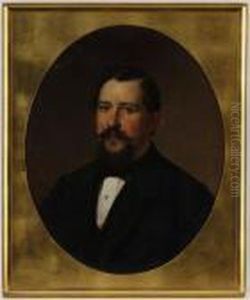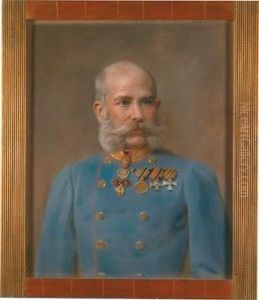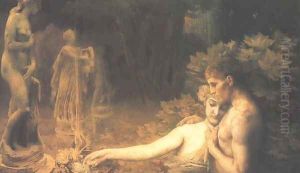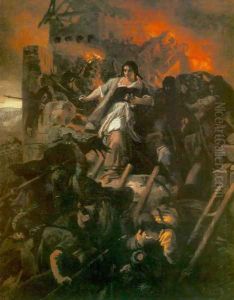Austro Hungarian Empire Paintings
Discover the Artistic Legacy of theAustro Hungarian Empire
Step back in time to an era of unparalleled artistic innovation and cultural fusion – the Austro Hungarian Empire (1867-1918). This vast dual monarchy, stretching across Central and Eastern Europe and encompassing vibrant cities like Vienna, Budapest, Prague, and Krakow, fostered a unique artistic environment. It was a period where diverse cultural influences blended, giving rise to some of the most iconic and influential art movements and artists in European history.
The late 19th and early 20th centuries witnessed a magnificent flourishing of creativity within the empire, most notably with the emergence of the Vienna Secession (Wiener Secession). Visionary masters such as Gustav Klimt, Egon Schiele, and Oskar Kokoschka redefined portraiture, landscape art, and allegorical themes, pushing the boundaries of traditional art. Beyond these giants, artists like Koloman Moser, Carl Moll, and Rudolf von Alt contributed significantly to the empire's rich artistic tapestry, exploring styles ranging from Symbolism and Art Nouveau (Jugendstil) to detailed Realism and evocative Impressionism. Their works capture the spirit of a dynamic society on the cusp of modernity.
Art from the Austro Hungarian Empire often reflects the complex societal shifts and psychological depth of the 'fin-de-siècle' period. From opulent imperial portraits and grand historical paintings to intimate genre scenes and breathtaking landscapes of Central Europe, these works embody a fascinating blend of imperial grandeur, psychological intensity, and burgeoning modernity. They offer a unique window into the cultural, social, and political landscape of a bygone era, showcasing the empire's rich heritage and artistic ambition.
Immerse yourself in this captivating artistic era. Our carefully curated collection offers museum-quality reproductions of these significant works, allowing you to bring the beauty, historical depth, and unique character of Austro-Hungarian art into your own space. Each piece is a testament to the enduring influence of this extraordinary period in art history, meticulously recreated to honor the original masters and their profound contributions to the world of art.

